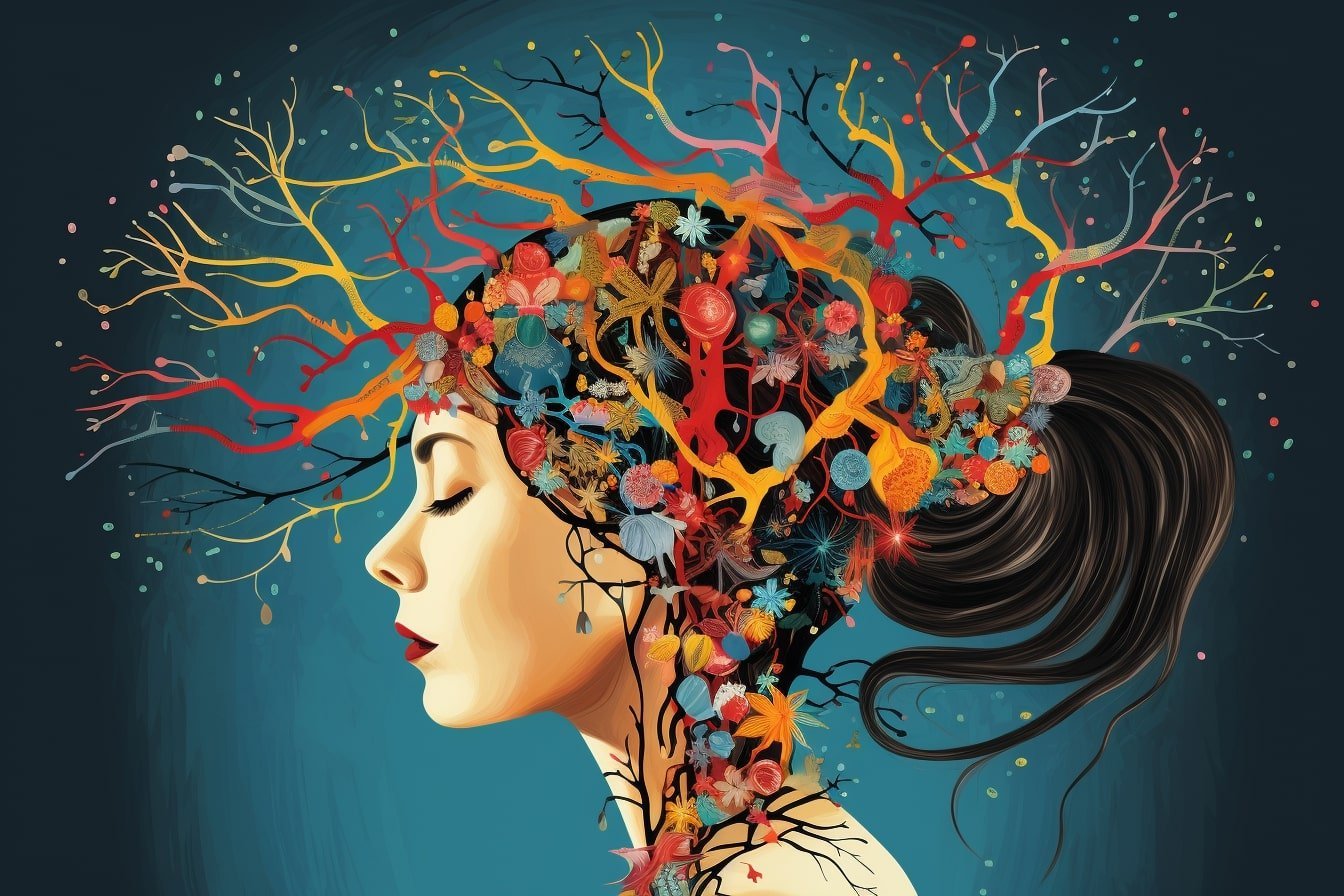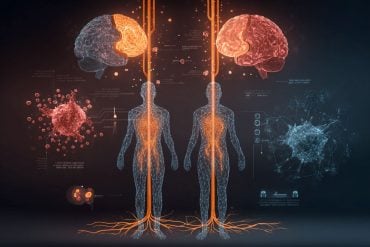Summary: A recent commentary underscores the complex relationship between chronic pain and mental health disorders like depression and anxiety.
The interaction is revealed to be driven by a bi-directional feedback loop, where physical pain impacts sleep and mood, making individuals more susceptible to mental health issues. Conversely, these psychological conditions can amplify the perception of pain.
The research underscores the urgent need for an integrated, holistic approach in medical care, considering both the physical and psychological symptoms of patients.
Key Facts:
- Chronic pain often leads to depression and anxiety due to the existence of a feedback loop and the connection of pain-regulating areas of the brain with those that control mood.
- According to Dr. Kroenke, addressing depression and anxiety can improve pain, but treating pain may not have the same effect on mental health symptoms. Nevertheless, it’s important to treat both physical and psychological symptoms.
- Dr. Kroenke has developed validated scales to measure the type and severity of pain, depression, anxiety, and other symptoms. His scales have been translated into over 100 languages, assisting clinicians worldwide in patient care.
Source: Regenstrief Institute
Chronic pain is often accompanied by depression and anxiety.
In an invited commentary published in JAMA Network Open, Kurt Kroenke, M.D., of Regenstrief Institute and Indiana University School of Medicine, discusses the relationship between pain, the most common symptom for which individuals visit a physician, and depression and anxiety, the two most prevalent mental health conditions worldwide.
He highlights the importance of not neglecting psychological symptoms in patients experiencing pain.
“One of the reasons for the bi-directional linkage between pain and depression, as well as anxiety, is the existence of a feedback loop. Individuals with pain don’t sleep well and their resulting tiredness affects their mood, making them vulnerable to depression and anxiety. Having problems with depression or anxiety can increase susceptibility to pain.
“Also, areas in the brain that affect the pain that people experience are connected with areas that regulate mood, making physical and mental symptoms closely associated,” Dr. Kroenke said.
Noting that successfully addressing depression and anxiety is associated with improvement in pain, he observes that treating pain may not improve depression and anxiety to the same degree but does not negate the benefit of identifying and treating both physical and psychological symptoms.
“Symptoms of the body and the mind are frequent fellow travelers,” said Dr. Kroenke.
“But patients seeing their primary care physician for a headache, back or muscle or leg pain or stomachache often neglect to mention the symptoms commonly associated with depression and anxiety that they are also experiencing such as fatigue, lack of motivation, nervousness and moodiness.
“And physicians don’t always ask about symptoms beyond the ones which brought the patient into the office.
“Un- or under-treated, these emotional symptoms can cause long-term suffering and impaired quality of life. If clinicians measure and monitor both physical and mental symptoms they will be more able and likely to treat them.
“But there is no blood pressure cuff, lab test or X-ray for symptoms. We don’t have a way to measure symptoms other than from what the patient tells us, yet screening and diagnosis are crucial to improving patient outcomes.”
Dr. Kroenke is one of the fathers and leaders of the growing field of symptomology and the developer of several validated and widely used scales which enable clinicians to use feedback from patients to measure type and severity of pain (PEG), depression (PHQ-9), anxiety (GAD-7) and other symptoms including cancer fatigue (FSI-3) and risk of suicide (P-4). These brief measurement tools have been translated into more than 100 languages.
Symptoms account for half of all outpatient primary care visits. In a review article published in 2014, Dr. Kroenke and colleagues reported that one in three common symptoms do not have a clear-cut disease-based explanation. That percentage is now thought to be more than one in two, he says.
The need to address both physical and psychological symptoms has long been recognized, says Dr. Kroenke, whose measurement tools are helping physicians to do so. He concludes his JAMA Network Open commentary with an illustrative quote from Ovid [born 43 B.C.], “I am no better in mind than in body; both alike are sick and I suffer double hurt.”
About this pain and mental health research news
Author: PR Team
Source: Regenstrief Institute
Contact: PR Team – Regenstrief Institute
Image: The image is credited to Neuroscience News
Original Research: Open access.
“Improvements in Pain or Physical Function and Changes in Depression and Anxiety Symptoms” by Kurt Kroenke. JAMA Network Open
Abstract
Improvements in Pain or Physical Function and Changes in Depression and Anxiety Symptoms
Depression and anxiety are the 2 most prevalent mental health conditions worldwide, co-occur with chronic pain at particularly high rates, and result in more years lived with disability than most medical conditions.
Additionally, impairment in physical function is a common fellow traveler with the pain-anxiety-depression triad.
Research has shown that amelioration of depression and anxiety is associated with concomitant improvement in pain and physical function.
The opposite is less certain, namely whether improvements in pain or physical function result in parallel benefits for depressive and anxiety symptoms.







